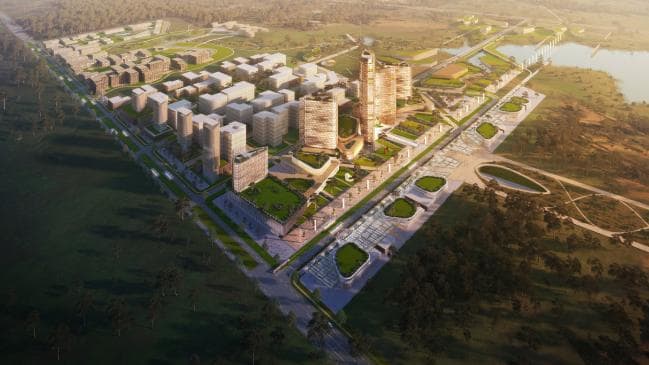“
The showcasing of innovative research projects in prominent locations can energise spaces and will appeal to the best and brightest minds.
This is a growing trend overseas. For example, the University of the Arts London is central to the 27ha mixed-use development site next to London’s King’s Cross station.
Offices, retail, residential, leisure and community spaces, and 10ha of public space, provide the city with a cultural and economic boost.
Public transport is also a vital element for a successful university. A timely delivery of the planned North South rail link that coincides with the opening of the new airport and university is sure to set up the new tertiary precinct for success.
Another key to delivering an enlivened campus is bringing students together outside the classroom in collaborative spaces where they can mingle.
The showcasing of innovative research projects in prominent locations can energise spaces and will appeal to the best and brightest minds. High-quality student accommodation is also vital as it contributes to a safe, inclusive campus atmosphere as well as supporting on-campus retail and commerce beyond the nine-to-five.
None of this can be achieved without the ability to balance a complex mix of stakeholders and commercial partners. Expanding and developing campuses in new ways that challenge the traditional notion of campus life may require changes to planning controls and the navigation of political agendas. This means working closely with policymakers and commercial partners to deliver a detailed masterplan.
Only time will tell whether universities, together with government and private sector partners, will succeed in navigating the complex environment required to deliver new world-class facilities, but the first step in doing so is to agree that it can be achieved only by working together.
For more information, please contact Natalie Hoitz or take a look at our publication ‘Shaping Universities of the Future’ here.
This article was originally published by The Australian.

